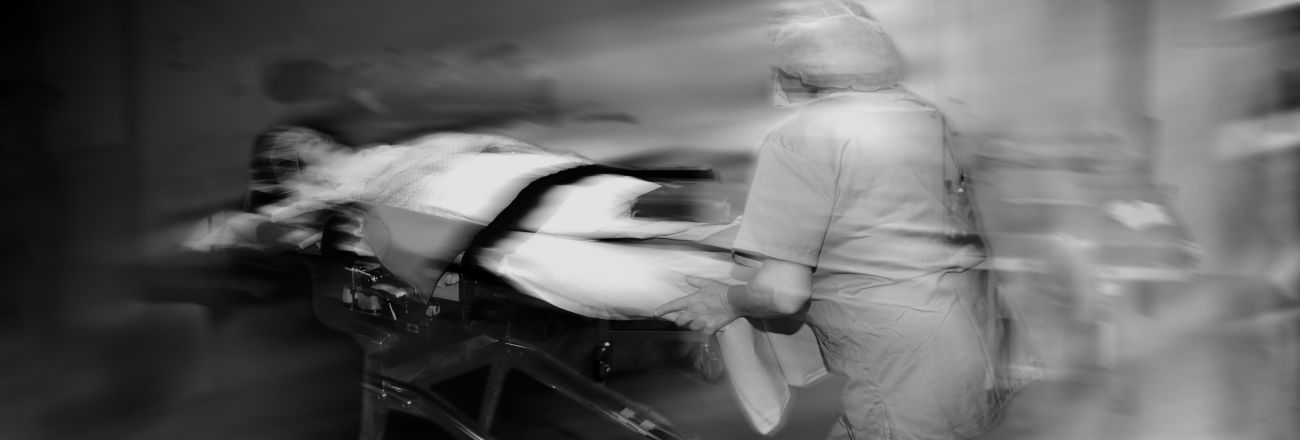Safety is second in line on Maslow’s Hierarchy of Needs. Physical shelters, fulfill a role to address this high-priority need. We, in Healthcare, are responsible to maintain some of the most sophisticated and most fragile shelters. How do we maintain our hospitals at the most critical times? We need to be the most comprehensive, valuable “Jack and Jill-of-all-trades” in the industry because if the shelter is not working correctly, not just quality, but lives are on the line. When your hospital is suddenly infiltrated with a surge of patients, needing various level of care, are you ready? This is not merely an issue of planning. Design plays a key role.
Bad news: Even the most detailed emergency action plans will prove inadequate, if the facility itself was not “designed for surge”.
Good news: This design (referred to in this post) is mostly implementable in existing facilities. It’s rectifiable!
A harsh dose of the reality in which we live…
During the recent terrorist attacks in Paris, 300 people were hospitalized, 80 of whom were in “critical” condition. The majority of these victims were sent to Georges Pompidou Hospital (GPH) in Paris. Professor Philippe Juvin, medical director at GPH, stated, “It was worse than a war zone.”
After this recent devastation, we are reminded of our responsibility to provide outstanding, timely, and high quality patient care, in the most difficult times. The community looks to us to be the provider they know and trust–one that is capable of overcoming horrific insult and perform admirably. To do this, we need to be more mindful of incorporating designing for surge. And we have to be better prepared in our response plans. (Read the recent notice from the Department of Homeland Security here.) We would be wise to review our Hazard Vulnerability Assessments (HVAs), with a more critical eye.
As a former hospital CEO in New Orleans in a Level 1 Trauma Center, and living (and learning) through Katrina as the individual responsible for emergency management and our response, I’ve had first-hand experience with the impact of “designing for surge”. Some of my takeaways here…
- Additional Gas Outputs – When designing a new ICU primarily intended for private room capacity, each room should be equipped with an additional set of gases. The associated cost for 02, vacuums, suction etc. is minimal, given the result of doubling capacity, if ever the need arose.
- More Intensive Care Space – The same concept (from above) is applicable to a One-Day-Stay unit. Facilitating additional gases and power creates a “convertible” ICU unit. (At Children’s Hospital in New Orleans, we utilized the convertible ICU on multiple occasions–once during a required vertical evacuation during a hurricane and another time to facilitate uninterrupted care and capacity during a difficult expansion project.)
- Multiple lines of communication – True story: In 2005, we needed to be able to contact staff 24/7. Landlines and cell towers were no longer operable. Furthermore, the majority of numbers on file were home numbers–not much use in an evacuated city. With today’s proliferation of cell phones, we still need to be mindful of multiple communication channels. What if we lose cell towers? What if we lose internet? Redundancy is key.
- Flexible use of space – Most large hospitals contain large meeting spaces, often vacant. These spaces should always be considered with multiple purposes in mind—overflow of low-level patients, volunteers, media control, etc. Why not add a bit more power and computer cabling at such a minimal cost?! Just think of the flexibility gained. If nothing else gained from my post, please trust that FLEXIBILITY IS THE MOTHER OF CREATIVITY.
In the event of a patient surge, consider the strain on available resources–people, utilities, infrastructure systems, etc. ‘Water’ really deserves its own chapter, perhaps its own volume, as it relates to surge designing. You can read my colleague’s post on Water Emergency Planning here and MUCH MORE on this topic to come.
Cindy Nuesslein, Mazzetti Principal
Image Creative Commons: https://flic.kr/p/4ipeeo (image was cropped)
